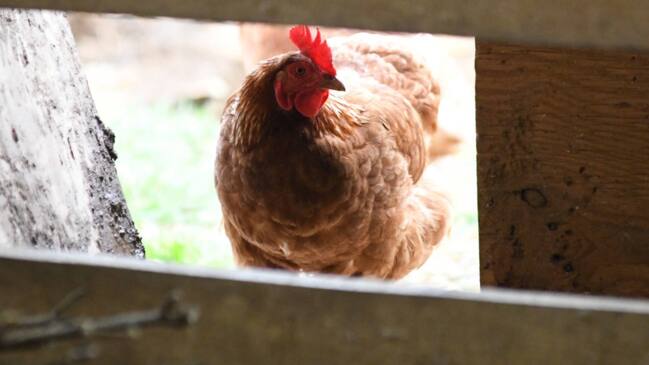Spring alert on Avian influenza: new viral carriers put Australia at risk
The spread of a devastating new strain of avian influenza into 356 bird and 26 mammal species poses a major risk to Australia.

Australia veterinary authorities are on high alert, after the global spread of a highly virulent strain of avian influenza wiped out 500 million poultry, caused mass wild-bird deaths and spread into 26 mammalian species – from European dogs, cats and foxes to US and Asian bears and even South America seas lions and dolphins.
In March, Peruvian authorities reported that in just five weeks the virus killed 50,000 sea birds, including penguins, plus 3108 sea lions and other marine mammals.
Only Australia and Antarctica remain free of the H5N1 clade 2.3.4.4b strain of the virus, which spread through Europe in October 2021 and over the past 12 months has spread to every other continent, as well as South-East Asia and the Indonesian archipelago.

Last month World Organisation for Animal Health science department head Gregorio Torres reported: “There is a recent paradigm change in the ecology and epidemiology of avian influenza which has heightened global concern as the disease spread to new geographical regions and caused unusual wild bird die-offs, and alarming rise in mammalian cases”.
Australian authorities have redrafted the Australian Veterinary Emergency Plan for avian influenza to account for the risk of the virus being introduced on the back of a vast new range of species.
Up until now a less virulent, low pathogenicity avian influenza has regularly circulated within Australia’s native ducks, whose migratory paths are restricted to the mainland and Papua New Guinea.
But the risk of highly pathogenic H5N1 avian influenza entering Australia this spring has spiked.
In May, Wildlife Health Australia issued a fact sheet warning the “risk of HPAI strains being introduced into Australia from overseas has previously been considered low.
“(But) the return of migratory birds from the northern hemisphere to Australia during spring (September to November) represents a period during which there is an increased chance of introduction of HPAI viruses into Australia.
“The current global situation means there is likely a higher chance for an introduction of HPAI viruses into Australia during this period, compared to previous years.”
A federal Department of Agriculture spokesman said through the One Health Surveillance initiative, it was “supporting work to map known information on poultry locations against likely entry and congregation points for key migratory species.
He said HPAI outreach documents were also being updated to include “advice for people who encounter sick or dead wild birds, advice for veterinarians and other animal health professionals, advice for bird banders (and) wildlife rangers and researchers”.
Australia’s chief veterinary officer Mark Schipp emailed his state colleagues in March, warning them to maintain “ongoing vigilance and preparedness”, given the “exceptional high pathogenicity avian influenza events abroad”.
“The current global situation means there is likely a higher chance for an introduction of HPAI viruses into Australia, via natural pathways, compared to previously.
“The period of concern for this is when migratory birds return from the northern hemisphere to Australia (September to December).”

At the time, Dr Schipp said additional risk analysis work supported by the Department of Agriculture, Fisheries and Forestry was being undertaken, and Wildlife Health Australia “to assess current wild bird risks and surveillance arrangements”.
Animal Health Australia chief executive officer Kathleen Plowman said: “The process for our AUSVETPLAN reviews can be lengthy given the complexity of the issues and the requirement that all government and affected industry members support the proposed changes”.


